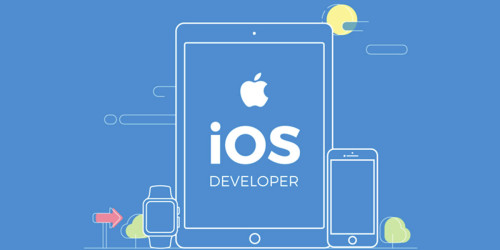1. Lời mở đầu:
Dependency Injection (DI) là một kỹ thuật quan trọng giúp cho code của bạn dễ test hơn trong quá trình kiểm thử. Thay vì các objects tự tạo những dependencies hoặc truy cập objects dưới dạng singletons, DI cho phép mọi thứ mà object cần để thực thi công việc của nó nên được truyền từ bên ngoài. Điều này vừa giúp dễ dàng bao quát các dependencies mà object có, và cũng giúp việc kiểm tra đơn giản hơn rất nhiều. Trong bài viết này, ta sẽ tập trung vào việc sử dụng kỹ thuật DI với storyboards, nên để hiểu hơn về kỹ thuật DI thì bạn có thể tham khảo tài liệu sau:
https://viblo.asia/p/dependency-injection-QpmlewqNKrd
2. Thực hiện Dependency Injection:
Trước đây, chúng ta thường viết code như sau:
// A view controller that we want to present with some data.
class DetailViewController: UIViewController {
var selectedUser: User?
// ...
}
// Root view controller that wants to create, configure, and present an DetailViewController
class MainViewController {
// ...
func show(user: User) {
// attempt to load detailViewController from the storyboard
guard let vc = storyboard?.instantiateViewController(withIdentifier: "DetailViewController") as? DetailViewController else {
fatalError("Failed to load DetailViewController from storyboard.")
}
// configure its only property
vc.selectedUser = user
// display it
navigationController?.pushViewController(vc, animated: true)
}
Việc xuất hiện Optionals ở đây là điều không tránh khỏi bởi vì ta phải để storyboard xử lý quá trình khởi tạo view controller, kéo theo nhiều sự phức tạp hơn - ta có thể vô tình set giá trị selectedUser = nil hoặc ta có thể quên không set giá trị cho nó, và ta cần unwrap nó khi cần.
Tuy nhiên, kể từ version iOS 13.0 trở lên, ta sẽ có thêm một solution mới: một method cho UIStoryboard là instantiateViewController(identifier:creator:) , cho phép ta xác định được cách khởi tạo và config view controller của mình.
Trong DetailViewController, ta có thể viết lại như sau:
class DetailViewController: UIViewController {
var selectedUser: User
init?(coder: NSCoder, selectedUser: User) {
self.selectedUser = selectedUser
super.init(coder: coder)
}
required init?(coder: NSCoder) {
fatalError("You must create this view controller with a user.")
}
// ...
}
Như ta thấy ở trên thì biến selectedUser không còn là biến optional, và có hai hàm khởi tạo: hàm đầu tiên với một tham số kiểu NSCoder và một tham số kiểu User, còn hàm thứ hai chỉ với một tham số kiểu NSCoder. Hàm thứ hai sử dụng fatalError() như là một cách để thông báo rằng khởi tạo DetailViewController mà không có giá trị user thì app của bạn sẽ bị crash.
Hàm show() trong MainViewController sẽ được viết lại như sau:
func show(user: User) {
guard let vc = storyboard?.instantiateViewController(identifier: "DetailViewController", creator: { coder in
return DetailViewController(coder: coder, selectedUser: user)
}) else {
fatalError("Failed to load DetailViewController from storyboard.")
}
navigationController?.pushViewController(vc, animated: true)
}
Giải thích qua về hàm instantiateViewController(identifier:creator:)
- Identifier: là một chuỗi string duy nhất định danh view controller trong storyboard.
- creator: là một block chứa code khởi tạo view controller với đối tượng coder được cung cấp kèm theo bất kỳ thông tin nào bạn muốn (ví dụ ở đây là thông tin của user). Block này sẽ trả về một view controller mới với những tham số đi kèm như coder và user.
- coder: là một object chứa dữ liệu của storyboard để sử dụng khi config view controller. Nếu ta trả về nil từ block trên, hàm sẽ tạo ra một view controller sử dụng hàm mặc định init(coder:) .
3. Tài liệu tham khảo:
https://www.hackingwithswift.com/example-code/uikit/how-to-use-dependency-injection-with-storyboards





